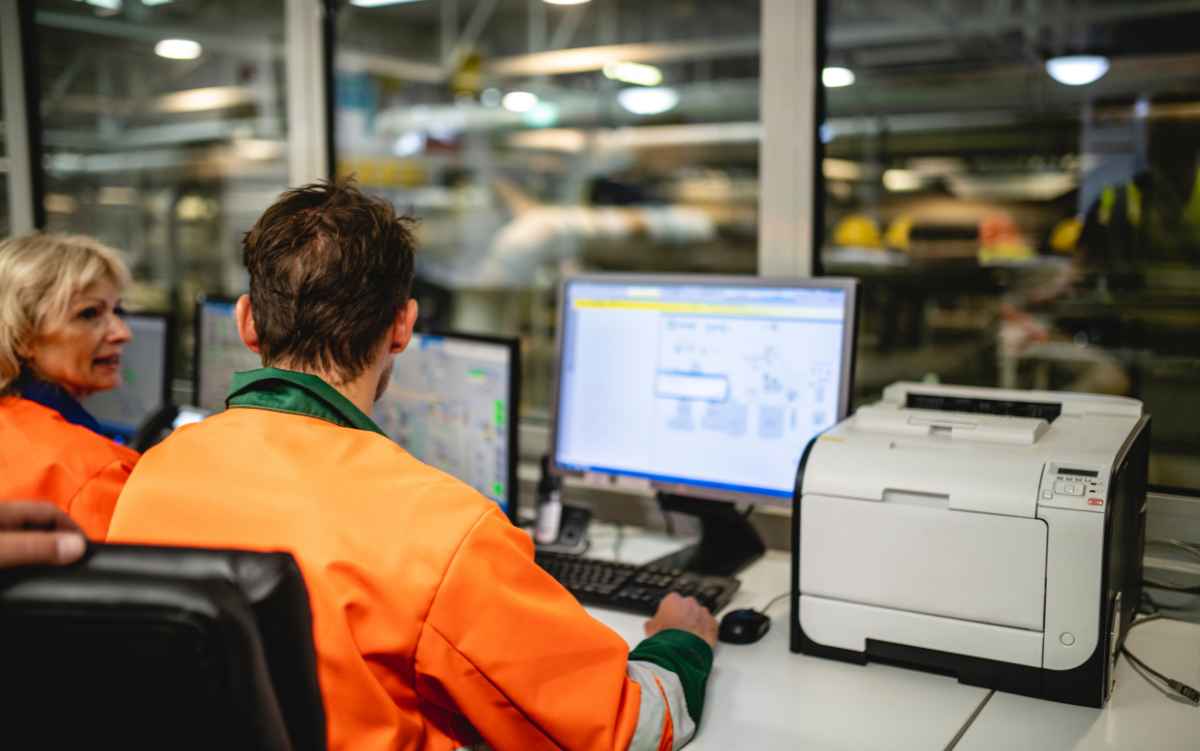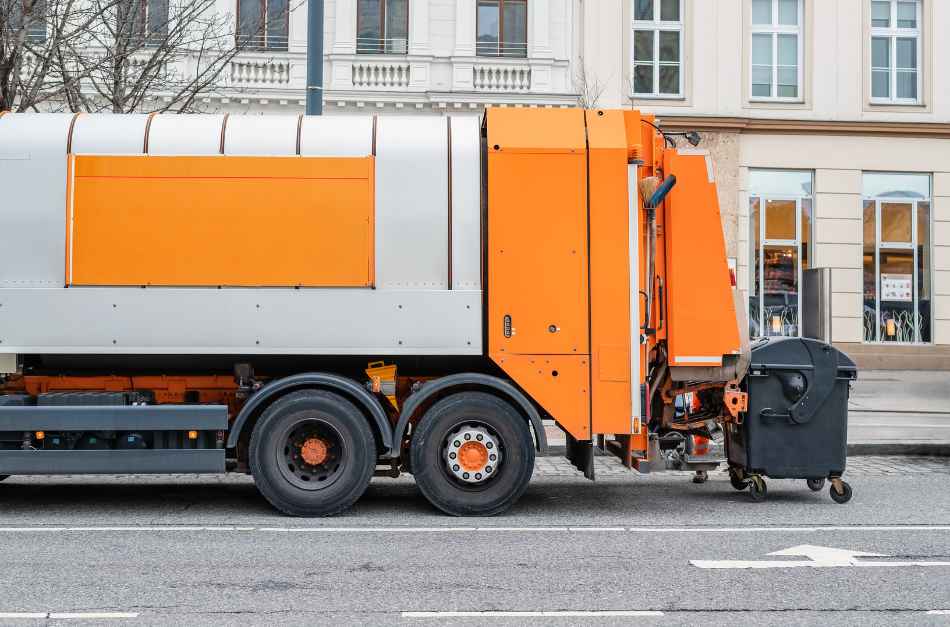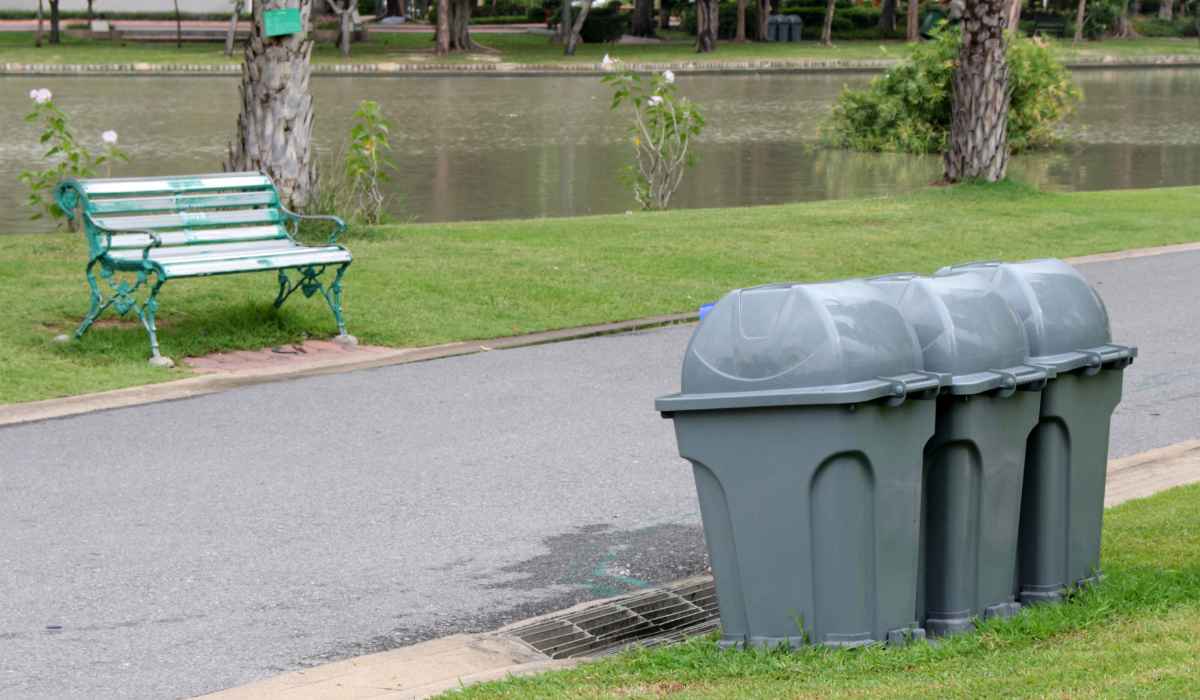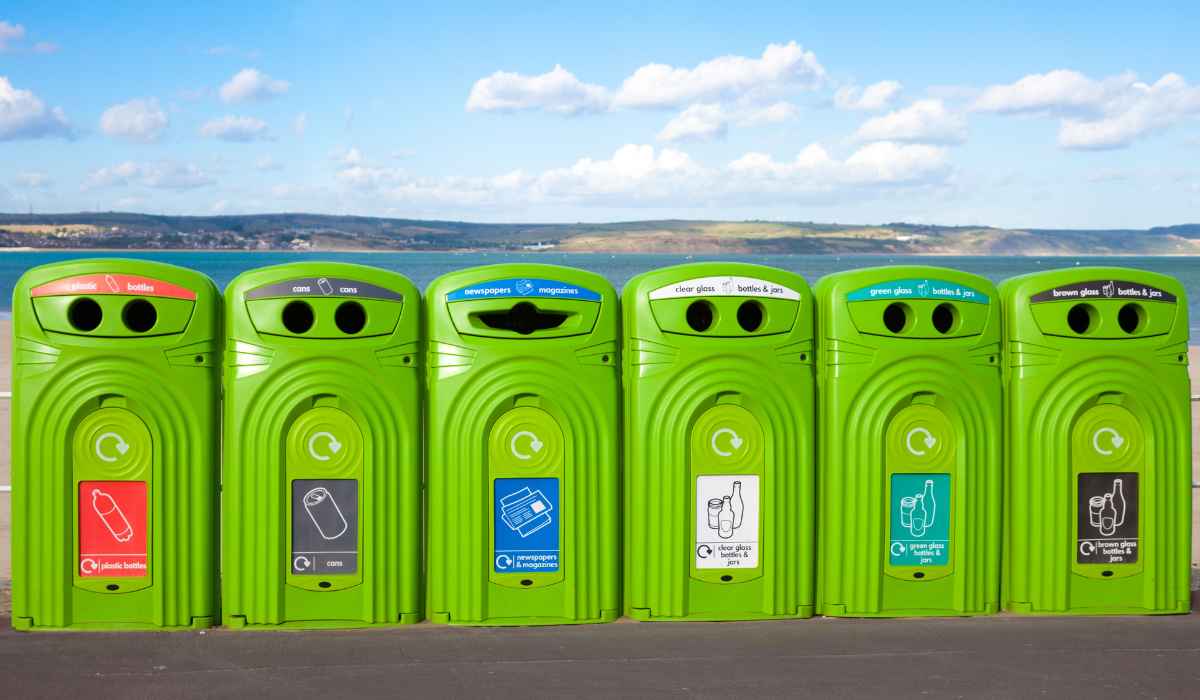Container Location Tracking
25% of Your Containers Aren’t Where You Think They Are
Traditional waste management relies heavily on manual administration. And disconnected systems, multiple spreadsheets, and fragmented communication are common challenges to waste operations. Data-driven solutions are the key to future-proofing the sector and running more efficient and sustainable waste collections.
The manual element of waste planning is what makes it ineffective and costly, particularly when it comes to managing your container. Today, containers are often moved around and shuffled between different places. Without a digital system, it’s difficult to keep track of your containers’ whereabouts. Smart sensors or waste metering can help you automate bin and container tracking so you can move away from time-consuming administrative tasks.
What is Asset Tracking?
Asset Tracking is a feature of the Nordsense solution that enables you to track the locations and movements of your bins and waste containers. Instead of conventional GPS, Asset Tracking uses state-of-the-art triple positioning technology to provide high-accuracy data on containers in both metropolitan and rural areas with minimal battery usage.

With Asset Tracking, you will know:
- How many containers you have on the streets
- The exact locations of your containers
- Which customer or citizen owns which container
It provides complete transparency of your container inventory, empowering you to:
- Pinpoint container locations
- Eliminate forgotten and lost containers
- Simplify communication between teams
- Streamline maintenance tasks
Track Your Containers Online
Efficient waste collection relies on real-time information about fill levels and locations. But containers are often moved around, especially in urban areas. This is due to citizen requests, complaints, maintenance, repairs, and new container installations.
Traditionally, all of these movements are tracked manually with lists and data entry. Typically, a team member in the field notices that a container is missing. They aren’t sure if the container is missing, moved somewhere else, or simply taken off-site for maintenance. Either way, they note it down and send the information to their colleague in the back office.
This way of working is prone to human error. The back-office team member is now tasked with deciphering these notes and manually adding the information into the system. But it could take days or even weeks before they have time in their schedule for this task. This means that some of the information from the field will already be out of date and inaccurate.
This inaccurate information often leads to costly issues with waste collections. Waste collectors are unable to find the containers there are tasked with servicing. And the municipality ends up paying for pickups that could not be carried out.


Where is Asset Tracking Being Used?
- In the USA, cities are tracking public street bins that are often taken out for maintenance and put back in a new spot.
- UK-based waste haulers are tracking large front-end loaders that are shuffled around between recycling stations.
- Asset Tracking is helping companies in Italy to detect theft by monitoring irregular container movements.
- With containers moving around on a monthly basis in a Danish municipality, Asset Tracking is helping the team keep address records updated in the back-office system.
- Increasing waste streams in commercial waste across Scandinavia make Asset Tracking a must for efficiency.
No More Expensive Container Verifications and Audits
Municipalities and waste management companies often turn to container location audits to verify their bin inventory. Audits are on-site visits to all containers to determine container locations. With some metropolitan areas averaging over 5,000 public trash cans, these audits are time-consuming and costly.
In a large Californian city, audits typically take two full working weeks and involve a team of up to 4 employees. It’s an expensive and tedious process, as the team scour sections of the city to visit last known container locations and update their lists.
After conducting multiple audits, this city found that almost 25% of their public trash cans were missing, unknowingly relocated, or not on record. This was causing multiple issues with their waste hauler and increased costs.


Reducing Costs and Administration
Thanks to smart sensors, the city now receives weekly reports on bin movements. They can eliminate audits and lighten their administrative burden – saving both time and costs. These reports also simplify communication between the city’s back office and their third-party waste hauler.
With approx. 10% of their containers changing locations every month, the data empowers them to quickly see where all their containers have moved to, without having to manually verify the movements. The data shows that containers are mostly sent to the yard for maintenance or moved to a new area of the city.
High-accuracy data is crucial in metropolitan areas, with many trash cans densely located in smaller areas. Granular data creates immense value for waste operations teams, as it lets them know exactly where a trash can is. It can make all the difference knowing whether a trash can is on the southwest or northeast corner of a busy intersection.
Accurate Container and Customer Records
With zero waste ambitions growing and governmental legislation following suit, the number of waste streams is increasing. But this positive trend is challenging hauler operations.
In Europe, we see an increasing number of waste streams on each site, and haulers are now forced to shuffle containers around. So, instead of emptying every container on-site into a compactor truck, they transport the full containers to the waste disposal facility and replace them with empty containers to avoid contamination of waste streams.
With containers constantly switched around, Asset Tracking can help haulers keep track of them and accurately match them to their associated customers. The digital overview makes it easy to identify different customers’ bins and it provides specific addresses for each container.

Curious how the Nordsense solution can help optimize your operations?